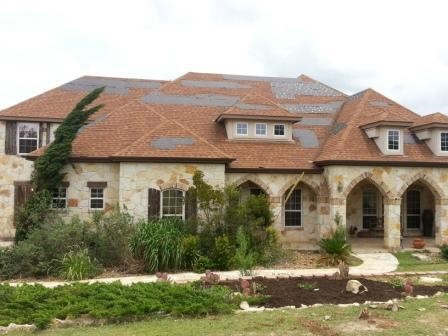Austin, TX, is once again capturing national attention not just as a thriving tech hub, but as the No. 1 U.S. city for new rental apartment construction in 2025. According to a recent RentCafe report, developers are on track to deliver 15,195 new apartments in Austin proper, with a total of 26,715 units across the Austin metro by year-end.
Here’s what’s driving this boom, what it means for renters, and what to watch going forward.
1. Rapid Population Growth Fuels Demand
From 2020 to 2024, Austin’s population surged by 10.9%, making it one of the fastest-growing large metros in the U.S.
This influx is mainly driven by tech workers, young professionals, and people relocating from more expensive coastal areas, which is creating massive demand for rental housing
2. Developer Momentum Is Paying Off
Developers moved aggressively between 2021 and 2023, launching many large-scale projects. With typical construction timelines of 18–36 months, much of that pipeline is now coming to fruition.
That’s why we’re seeing such a big wave of completions right now.
3. Favorable Development Conditions
Austin (and Texas more broadly) benefits from a pro-development environment: more streamlined permitting, fewer regulatory hurdles, and lower costs compared to more restrictive coastal cities.
RentCafe also cites that elevated home prices are pushing more people into the rental market, further boosting demand.
Impacts on the Austin Rental Market
More Supply Can Potentially More Affordability
With thousands of new apartments coming online, renters can expect more choices across Austin. This could put downward pressure on rents, or at least slow their growth, especially in the newer, high-volume developments.
Smaller Apartments Are Trending
RentCafe data (via Axios) indicates that newly built apartments in Austin are getting smaller, on average dropping about 6% in square footage compared to past years.
This suggests developers are optimizing for efficiency, targeting young professionals and those seeking slimmer footprints over luxury space.
Shifting Market Dynamics with Permit Slowdowns
Despite the construction boom, there are signs of caution: multifamily permit issuance in Austin has plummeted recently, according to Redfin data.
If this trend continues, the pipeline could tighten which may influence future rent trends.
Opportunities & Risks for Key Stakeholders
For Renters:
Pros: More available units, especially in high-density areas; increased bargaining power in a competitive market.
Considerations: With smaller unit sizes, be ready to compromise on space. Also, newer buildings may command a premium in amenities or location.
For Developers:
Pros: Austin remains a hot market with strong demand, favorable regulations, and proven appetite for new rental product.
Risks: Falling permit numbers could indicate tougher conditions ahead; rising construction costs and interest rates may squeeze margins.
For Investors:
Pros: High-volume deliveries suggest long-term rental demand; the metro’s continued in-migration makes it a resilient market.
Risks: Rental growth may soften if supply outpaces demand, especially in segments with smaller floor plans or less differentiation.
What to Watch Moving Forward
Permit Trends
Will the recent decline in multifamily permits persist? If so, that could limit future supply and tighten the market.Rent Dynamics
With more supply, will we continue to see rent declines or stabilizations? Tracking average rents and lease-up rates will be key.Zoning & Policy Changes
Local zoning policies (like density bonuses or height incentives) could influence where and how fast new apartments are built. For example, mixed-use and higher-density corridors could attract more development.Shift in Apartment Sizes
As average unit sizes shrink, it's worth watching which types of floor plans (studio, one-bed, two-bed) dominate and how that affects demand.
Final Thoughts
Austin isn’t just building it's leading. With 15,195 new units in the city alone by the end of 2025, the capital is outpacing virtually every other city in the U.S. for multifamily supply.
For renters, that means more options. For developers and investors, it’s a signal that Austin’s growth story is still very much alive even if permit trends show some caution ahead.
If you’re in the Austin housing market or watching from afar now is a key moment. The decisions made by policymakers, builders, and renters could shape the city’s trajectory for years to come.
Subscribe to Austin Roofing and Construction's Blog







Comments